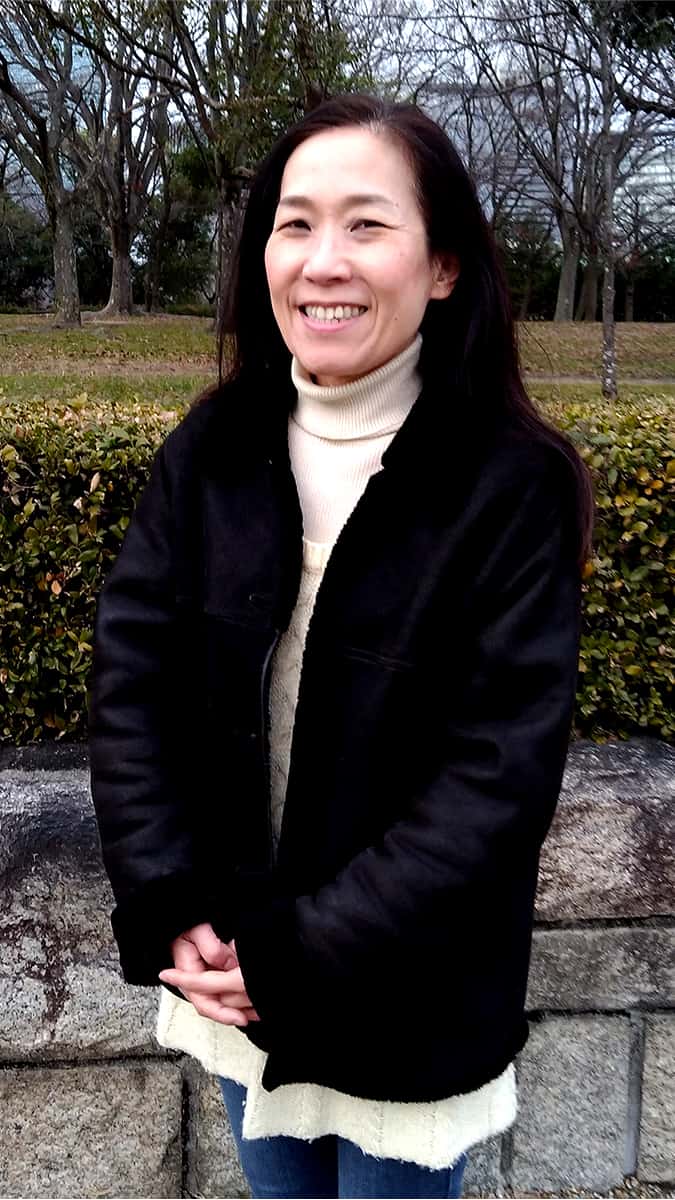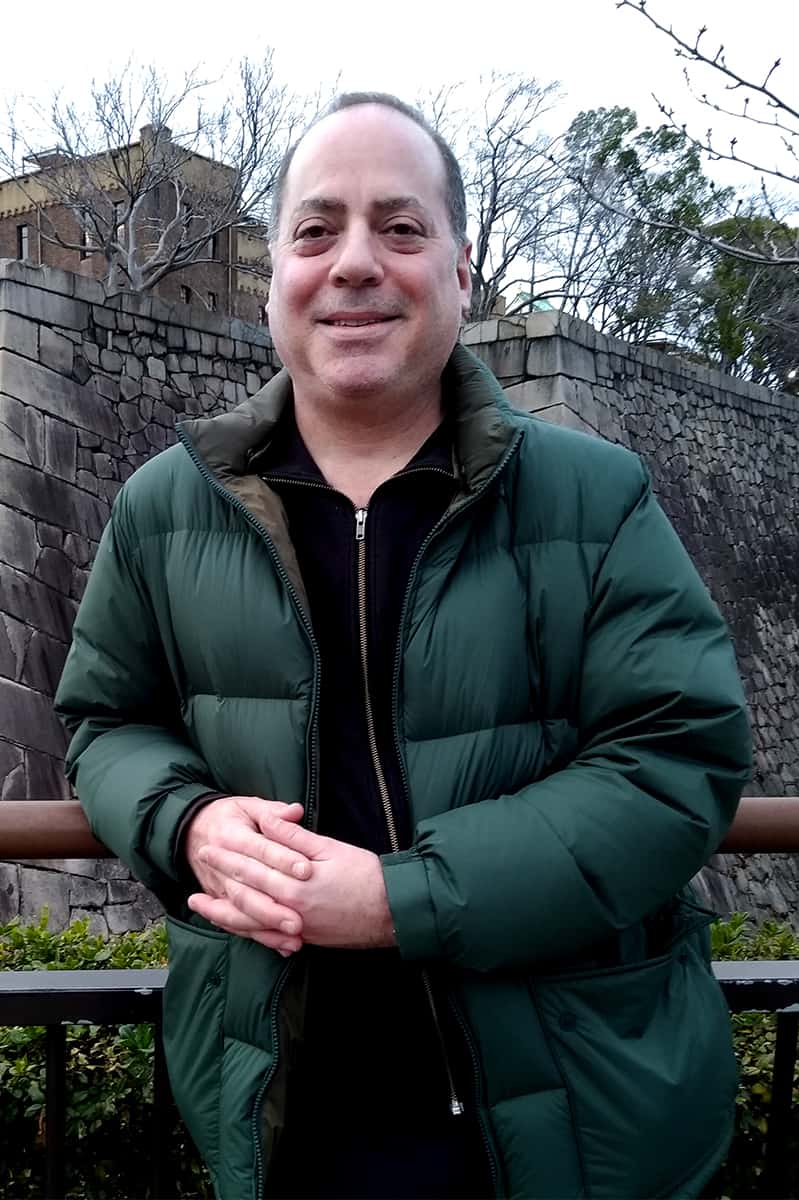Regular readers of The Observer will recognize Jack Lefcourt as the longstanding cartoonist on the editorial page, a relationship that goes back to the paper’s beginnings.
A Kitchener native, Lefcourt has been living in Japan for the past 15 years. His latest project is a new book with his partner, Mika Matsuno.
In An Evening Dream in Springtime: Memories of My Grandfather, Matsuno reminisces about her grandfather, Matsuno Matsujiro, in a tale illustrated by Lefcourt. It’s both a personal and educational exploration targeted at young readers in the upper elementary or junior high school range.

“It was about 10 years ago that I started pushing Mika to try her hand at writing. Initially, I had hoped she would chronicle her experience growing up amidst the bustle of a traditional Japanese restaurant in Kyoto. Her family’s restaurant ‘Minori’ had been passed on in succession through several generations until it closed permanently in 2014. For me, coming from Canada, Mika’s upbringing in this setting seemed exotic, and I envisioned an illustrated book detailing her experience helping out at the restaurant,” said Lefcourt of the impetus for the new book.
“Instead, what she produced, after a few years of tinkering, was a curious set of reflections on her own childhood, and of the life and private world of her paternal grandfather, Matsuno Matsujiro, a man who, sadly, I never had the chance to meet, and whom Mika maintains she knew better than anyone.”
While she’d done some writing in the form of short essays as part of her English studies, Matsuno had never tackled anything like a book. Her desire to chronicle aspects of her grandfather’s life finally pushed her to write it all down.
“One of the saddest experiences I can recall is seeing my grandfather’s house destroyed as part of Kyoto’s land readjustment project in 2000. He had died about five years earlier, and I remember thinking after his house was gone that, other than a few scraps of his calligraphy work, and of course his restaurant, there was now little evidence on earth to show he had ever existed at all. I wanted to ‘piece him back together’ somehow with my own recollections of him,” she explained.
Born in Kyoto, she grew up in a house along Shichijo Street, a stone’s throw from Kyoto’s famed Kamo river. She spent much of her childhood helping out in her grandfather’s restaurant, an old establishment called Minori that thrived for several generations. Through her grandfather, she also developed a talent for Shodo, the traditional art of Japanese calligraphy, a connection highlighted in An Evening Dream in Springtime.
The family relationship Matsuno explores in the book is something to which every reader can relate, said Lefcourt.
“The universal theme here is really a question: Who were our grandparents? We feel we know them. We can picture their faces, perhaps conjure their voices in our minds. We know a few tidbits of their life stories. And yet, what do we know of them? As Mika put it, all that we really know of our grandparents is just a tiny piece of all that they actually were. And the same will be true of us and our own descendants. It is a sad and poignant realization to make. Mika’s book evokes a longing to know more than one ultimately can about family and the past. This longing is universal, among all people, in all cultures,” he said.
Having never met Matsuno Matsujiro, Lefcourt relied on Mika’s storytelling to come up with the images in the book.

“I took my time with the illustrations, perhaps about two years. I had never actually met Mika’s grandfather, the central figure of her story, and had to depend greatly on old photographs of him to get a sense of his face, his expressions and general character. But of course, I’ve spent a great deal of time with Mika’s family over the years, and so much of their spirit is infused in these illustrations,” he said.
“The other trick of course was how to depict Mika as a child. That was a largely intuitive process. For me one of the most enjoyable aspects of this project was depicting the various knick-knacks that Mika describes as having been on display in her grandfather’s house, the shi-shi dancer figurine, and the Noh mask, for example. I think many of us, similarly, can recall things that were on display in our grandparents’ homes that we thought were perhaps a bit spooky at the time.”
Having finally broken the ice in writing An Evening Dream in Springtime (published by Belle Isle Books), the two are now contemplating another, said Lefcourt.
“We may attempt a follow-up book along the lines of my initial plan: a story about the Matsuno family restaurant, with specific emphasis on the preparation of ‘osechi,’ traditional New Year’s Day dinner boxes. This was a central annual event for the Matsuno family business. Each December for seven years, up until the restaurant’s closing in 2014, I had the honour of spending several days sequestered along with the Matsuno family in their kitchen area, helping to prepare ‘osechi.’ It was not easy. The restaurant’s walk-in business was effectively closed for about a week, as preparations got underway. The family would work all hours. Night became day. By New Year’s Eve, just when customers were starting to arrive to pick up their pre-ordered dinner boxes, hundreds of beautifully wrapped osechi would be stacked and ready in the available space in the restaurant. It was an incredible thing for me to see and be a part of. I hope to make it the subject of our next book.”
An Evening Dream in Springtime is published by Belle Isle Books.









